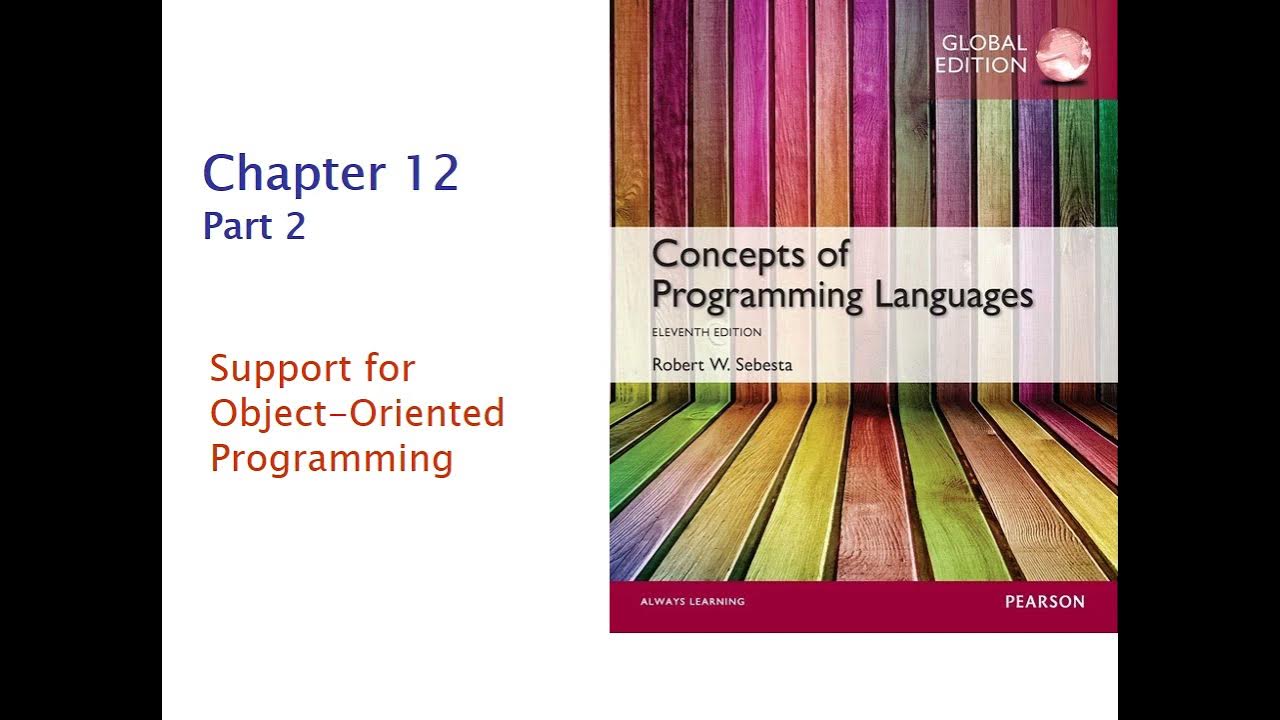Vlang a pragmatický přístup programování
Summary
TLDRThis video explores the Vlang programming language, demonstrating its ability to combine functional and object-oriented approaches. The presenter showcases how to work with strings in Vlang, comparing it to Ruby’s object-oriented structure. They explain how to create structures, define constructors, and manipulate string data, highlighting the flexibility of Vlang for both functional and object-oriented programming. The session also covers testing functionality with test libraries, emphasizing a streamlined, modular approach to managing data. Ultimately, the video offers a clear and practical guide for those transitioning to or learning Vlang, with a focus on clean, reusable code.
Takeaways
- 😀 Vlang allows for pragmatic programming with both functional and object-oriented approaches, similar to languages like Ruby and Golang.
- 😀 Vlang is preferred due to its simplicity and flexibility, particularly for its ability to handle mutability and the sneak feature.
- 😀 A key aspect of Vlang is its ability to create structures, such as strings, and manipulate them in both functional and object-oriented styles.
- 😀 The script demonstrates how to create and work with string structures, allowing for operations like upcasing text through methods in Vlang.
- 😀 In Vlang, structures can be defined and manipulated with functions, including constructors that create new instances of the structure.
- 😀 Object-oriented programming (OOP) in Vlang is demonstrated by creating structures and using methods like `upcase` to modify their data.
- 😀 Functional programming in Vlang is shown through the use of pure functions, where data is transformed and returned without side effects.
- 😀 Vlang supports testing functionality, allowing users to define tests for functions like `upcase` to ensure they work as expected.
- 😀 The script uses `assert` statements in Vlang to perform tests, comparing actual outputs with expected results to validate correctness.
- 😀 A significant difference between OOP and functional approaches in Vlang is the use of references and returning copies of data, affecting how data is handled in functions.
Q & A
What is the focus of the script in relation to programming languages?
-The script focuses on demonstrating how to approach programming pragmatically using Vlang, comparing it to other languages like Ruby and Golang. It highlights both object-oriented and functional programming approaches.
How does the script describe the differences between Vlang and Ruby?
-Vlang is described as similar to Golang but with a preference for its easier readability and 'sneak'. Ruby, on the other hand, is an object-oriented language, and the script aims to show how similar concepts can be implemented in Vlang.
What is the primary purpose of the string structure in the example?
-The string structure in the example is used to demonstrate how to manipulate and transform strings, like converting all letters to uppercase, using both object-oriented and functional programming styles.
How does the script demonstrate object-oriented programming in Vlang?
-In Vlang, the script demonstrates object-oriented programming by creating a structure that holds a string and providing methods such as 'upcase' for transforming the string. The structure is manipulated like an object, encapsulating the data and methods.
What is the difference between functional and object-oriented approaches in the script?
-The object-oriented approach involves creating a structure with methods like 'upcase' that act on the string, while the functional approach manipulates the data without using object-like behavior, relying on pure functions and passing the data explicitly.
Why does the script prefer testing in a separate module?
-The script suggests that testing should be done in a separate module to keep the code clean and modular. By using a test suite, developers can ensure that the functions work as expected, making the code easier to maintain and verify.
How is the 'assert' function used in testing?
-The 'assert' function is used to check if the result of a function meets the expected output. In the script, it compares the output of string transformations (e.g., converting to uppercase) to validate the correctness of the implementation.
What does the script imply about the simplicity of Vlang in terms of string manipulation?
-The script implies that Vlang offers a simple and straightforward approach to string manipulation. By creating structures and using built-in functions like 'upcase', Vlang allows for easy transformations without the need for complex syntax.
What are some potential issues with mixing functional and object-oriented styles, according to the script?
-The script highlights that mixing functional and object-oriented styles can make the code feel awkward and cumbersome, especially when trying to manipulate data in both ways. It can lead to confusion and make the code harder to read and maintain.
How does the script suggest handling edge cases like string transformations?
-The script suggests that handling edge cases, like ensuring proper letter case transformations, should be done in test functions. By testing edge cases, such as converting lowercase letters to uppercase, developers can ensure the code handles all possible inputs correctly.
Outlines

このセクションは有料ユーザー限定です。 アクセスするには、アップグレードをお願いします。
今すぐアップグレードMindmap

このセクションは有料ユーザー限定です。 アクセスするには、アップグレードをお願いします。
今すぐアップグレードKeywords

このセクションは有料ユーザー限定です。 アクセスするには、アップグレードをお願いします。
今すぐアップグレードHighlights

このセクションは有料ユーザー限定です。 アクセスするには、アップグレードをお願いします。
今すぐアップグレードTranscripts

このセクションは有料ユーザー限定です。 アクセスするには、アップグレードをお願いします。
今すぐアップグレード5.0 / 5 (0 votes)






